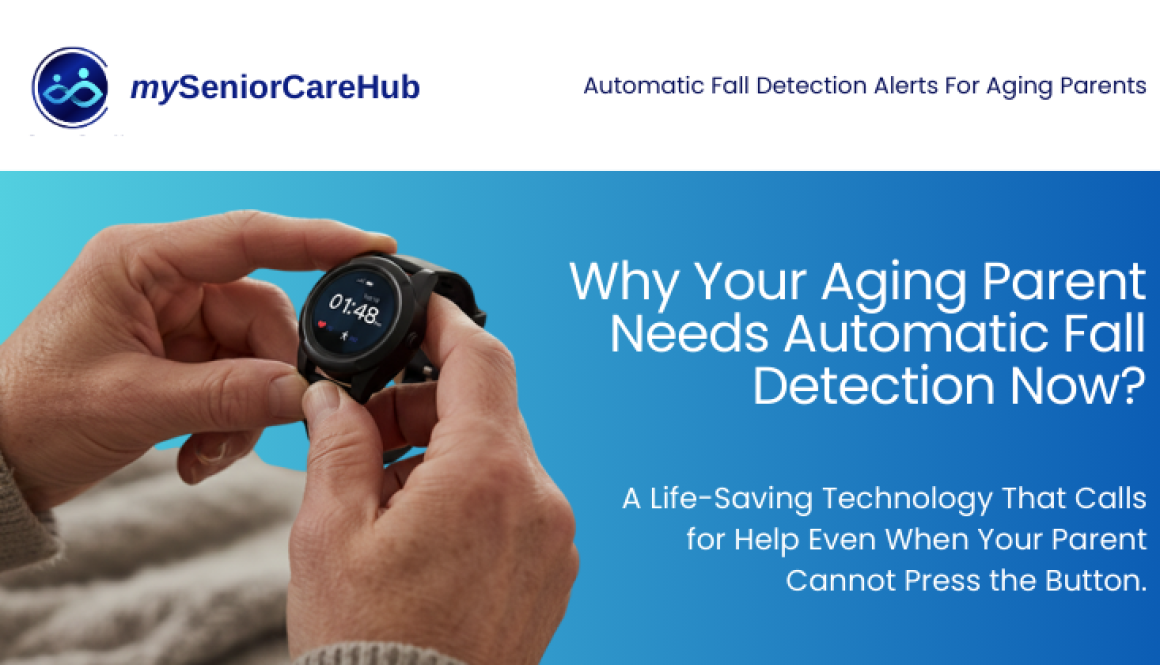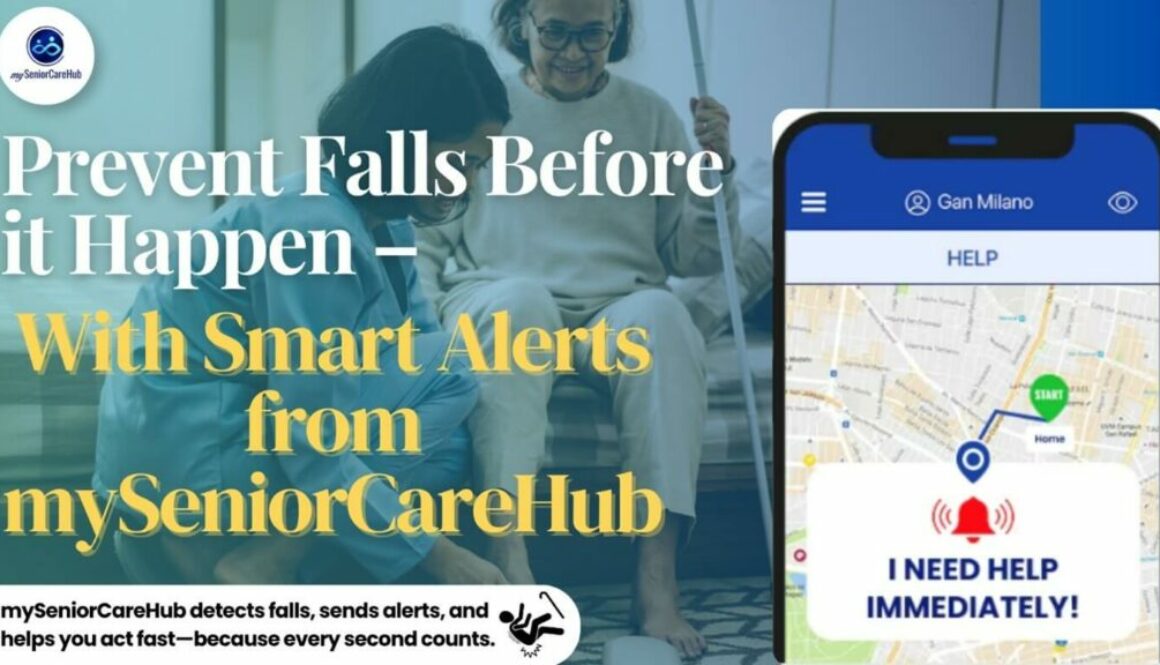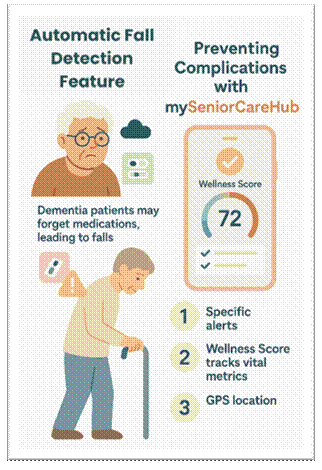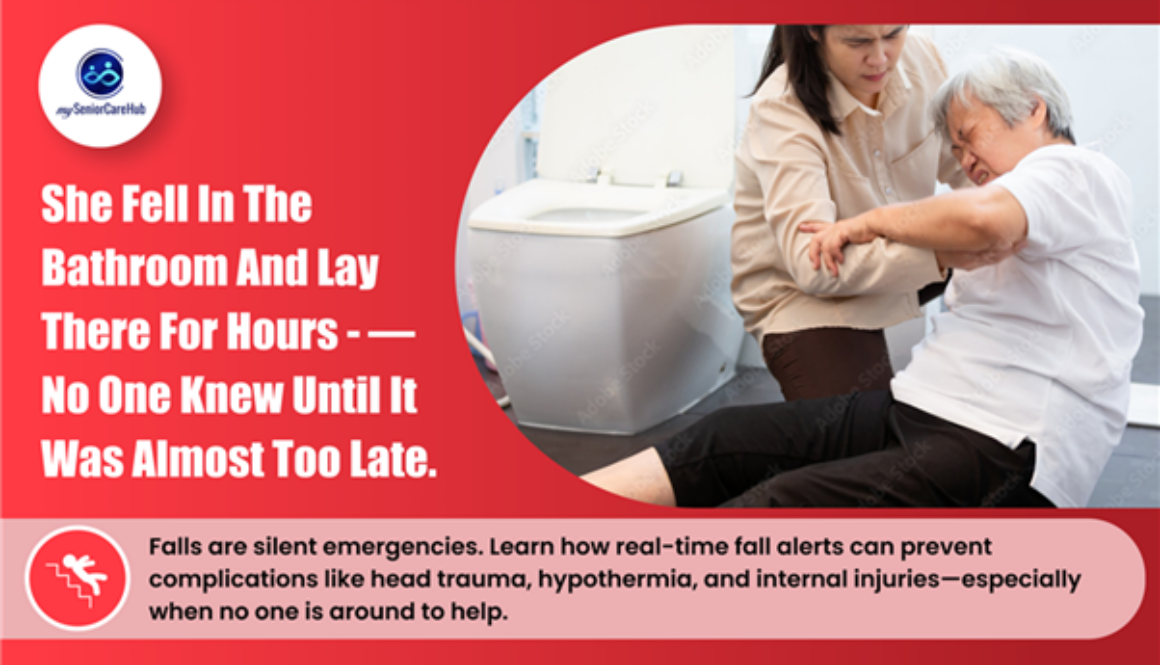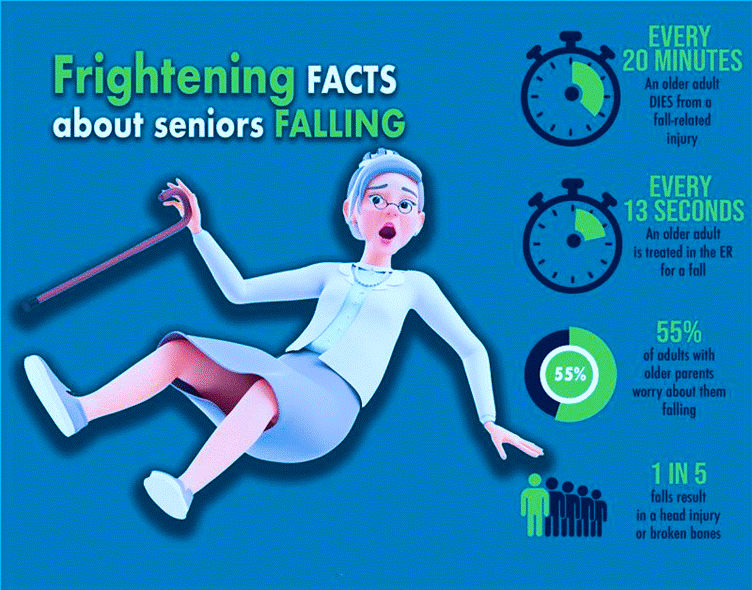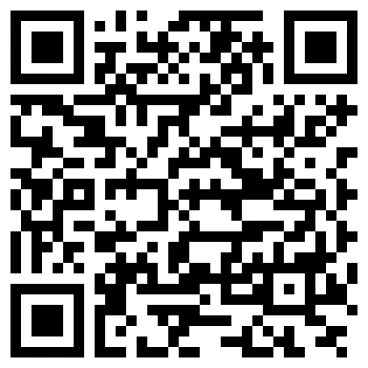Why Fall Detection Devices Are Lifesavers for Aging Parents
The Invisible Threat: Understanding the Risk of Falls
Falls are not just an inconvenient part of aging; they are the leading cause of injury and accidental death among adults aged 65 and older. If you’re caring for an aging parent, this is a statistic that keeps you up at night.
The Scary Numbers: Approximately one in four older adults falls each year.
The “Long Lie”: The most dangerous consequence is not the fall itself, but the inability to get help afterward.
Lying on the floor for hours or even minutes can lead to hypothermia, dehydration, and a condition known as “long-lie syndrome,” which dramatically increases the risk of serious medical complications and decreases the chances of returning home after hospitalization.
This is where technology steps in to offer a vital layer of protection.
More Than a Button: How Modern Devices Save Lives
A modern fall detection device is sophisticated technology designed to bridge the gap between a medical emergency and professional help. It’s much more than the simple “I’ve fallen, and I can’t get up” commercial tagline.
1. Automatic Detection (The Game Changer)
The most crucial life-saving feature is automatic fall detection. This uses built-in accelerometers and complex algorithms to recognize the specific patterns of a fall, a sudden drop, followed by immobility.
- Why it Matters: In up to 80% of falls, the senior is unable to press the help button due to unconsciousness, injury, or severe shock. The automatic detection feature ensures help is called even if your parent cannot physically initiate the alert.
2. Immediate, Professional Response
Once a fall is detected (either automatically or by pressing the button), the device connects directly to a 24/7 monitoring center. These are not automated systems; they are trained, certified emergency responders.
| Feature | The Life-Saving Benefit |
| Two-Way Voice | Operators can confirm the emergency and offer immediate reassurance until paramedics arrive. |
| GPS Location | For devices worn outside the home, GPS ensures that first responders are sent to the exact location, whether it’s the grocery store, a park, or a neighbor’s house. |
| Medical Profile Access | The operator can immediately relay critical information (allergies, medications, pre-existing conditions) to EMS, saving precious time. |
Peace of Mind: The Impact on Quality of Life
Investing in a fall detection device is an investment in your parent’s independence and dignity. Knowing help is seconds away gives them the confidence to remain active, which is essential for healthy aging.
For Your Aging Parent:
- They feel safer pursuing hobbies, walking the dog, or simply navigating their home alone.
- They can age in place longer, delaying or preventing the need for a nursing home or assisted living facility.
For the Caregiver:
- You can reduce the stress of constant worry and “what-if” scenarios.
- You know that if a fall occurs, the system will notify you immediately after contacting emergency services, keeping you in the loop without making you the first responder.
Taking the Next Step
A fall detection device is a small, proactive measure that can have the biggest impact when it truly counts. It’s a lifeline designed to ensure that if a medical crisis occurs, the response is swift, professional, and targeted.
Don’t wait until after a fall to get the protection they need.
At mySeniorCareHub, we proudly endorse the SafeLynk line of products, designed for both reliability and comfort:
- SafeLynk Smartwatch: Perfect for the active senior, offering discreet, cutting-edge fall detection along with GPS tracking, all in a stylish, everyday timepiece.
- SafeLynk Locket: A simple, elegant choice ensuring maximum reliability with a dedicated emergency button and waterproof design for protection everywhere in the home.
Explore the SafeLynk Smartwatch and Locket today to give your aging parent and yourself the gift of safety and peace of mind.

